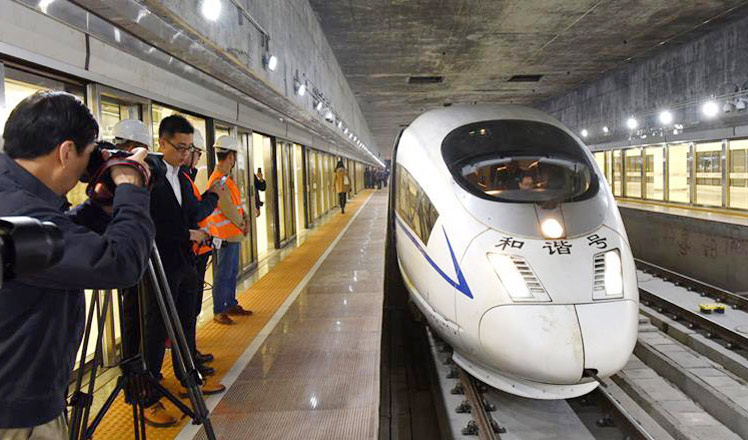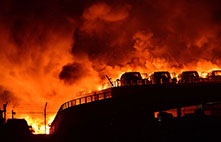After austerity, restaurants regain their appetite
Updated: 2016-01-02 08:05
By Liu Zhihua(China Daily)
|
||||||||
Those who are having success with such strategies include: Dadong, a Peking duck restaurant chain; Shanghai Min, a Shanghai cuisine chain; Tang Palace, Cantonese restaurant chain; and Wangshunge, a Beijing-based restaurant chain best known for seafood and Cantonese cuisine.
However, Feng stresses that the government's austerity campaign has not been the main driving force behind the high-end restaurants' changes to the way they operate, even if it did trigger the changes.
"Before the government clampdown on public spending in certain areas, high-end restaurants, and the catering industry in general, had reached a point where something had to change, because myriad problems in the industry were disguised by seemingly endless prosperity."
Until the end of 2012, annual growth in the catering industry had been in the double digits for 18 years, the most spectacular of these being 2008, when growth of 24 percent was registered.
However, the main drivers of this exceptional growth, Feng says, were high-end restaurants that were in the grip of a mania that favored fancy new food ingredients, high prices and exorbitant profits rather than good food and reasonable profits. In the long term such growth was unhealthy and unsustainable, he says.
"It's great that restaurants are now a lot more level-headed and have an eye on the great mass of consumers, rather than just a tiny elite," Feng says.
What is happening suggests that Feng is right. While high-end restaurants have to appeal to lower-end consumers because of the highly diminished high-end market, restaurants that focus on low-to-medium market from the start have thrived in the past couple of years.
The most successful ones include Xi Bei Youmian Village, a restaurant chain celebrated for cuisine from rural Northwest China, Meizhou Dongpo, a popular Sichuan-style restaurant chain, and Nanjing Impression, developed from a startup that opened at a downtown tourism destination in Nanjing, Jiangsu province, in 1994.
- Top planner targets 40% cut in PM2.5 for Beijing-Tianjin-Hebei cluster
- Yearender: Predictions for 2016 through 20 questions
- Asia's largest underground railway station opens in Shenzhen
- Shanghai bans drug-using actors, drivers
- Clamping down to clean up the air
- Yearender: Ten most talked-about newsmakers in 2015
- Over 1 million refugees have fled to Europe by sea in 2015: UN
- Turbulence injures multiple Air Canada passengers, diverts flight
- NASA releases stunning images of our planet from space station
- US-led air strikes kill IS leaders linked to Paris attacks
- DPRK senior party official Kim Yang Gon killed in car accident
- Former Israeli PM Olmert's jail term cut, cleared of main charge

 Yearender: China's proposals on world's biggest issues
Yearender: China's proposals on world's biggest issues
 NASA reveals entire alphabet but F in satellite images
NASA reveals entire alphabet but F in satellite images
 Yearender: Five major sporting rivalries during 2015
Yearender: Five major sporting rivalries during 2015
 China counts down to the New Year
China counts down to the New Year
 Asia's largest underground railway station opens in Shenzhen
Asia's largest underground railway station opens in Shenzhen
 Yearender: Predictions for 2016 through 20 questions
Yearender: Predictions for 2016 through 20 questions
 World's first high-speed train line circling an island opens in Hainan
World's first high-speed train line circling an island opens in Hainan
 'Internet Plus' changes people's lifestyles in China
'Internet Plus' changes people's lifestyles in China
Most Viewed
Editor's Picks

|

|

|

|

|

|
Today's Top News
Shooting rampage at US social services agency leaves 14 dead
Chinese bargain hunters are changing the retail game
Chinese president arrives in Turkey for G20 summit
Islamic State claims responsibility for Paris attacks
Obama, Netanyahu at White House seek to mend US-Israel ties
China, not Canada, is top US trade partner
Tu first Chinese to win Nobel Prize in Medicine
Huntsman says Sino-US relationship needs common goals
US Weekly

|

|







